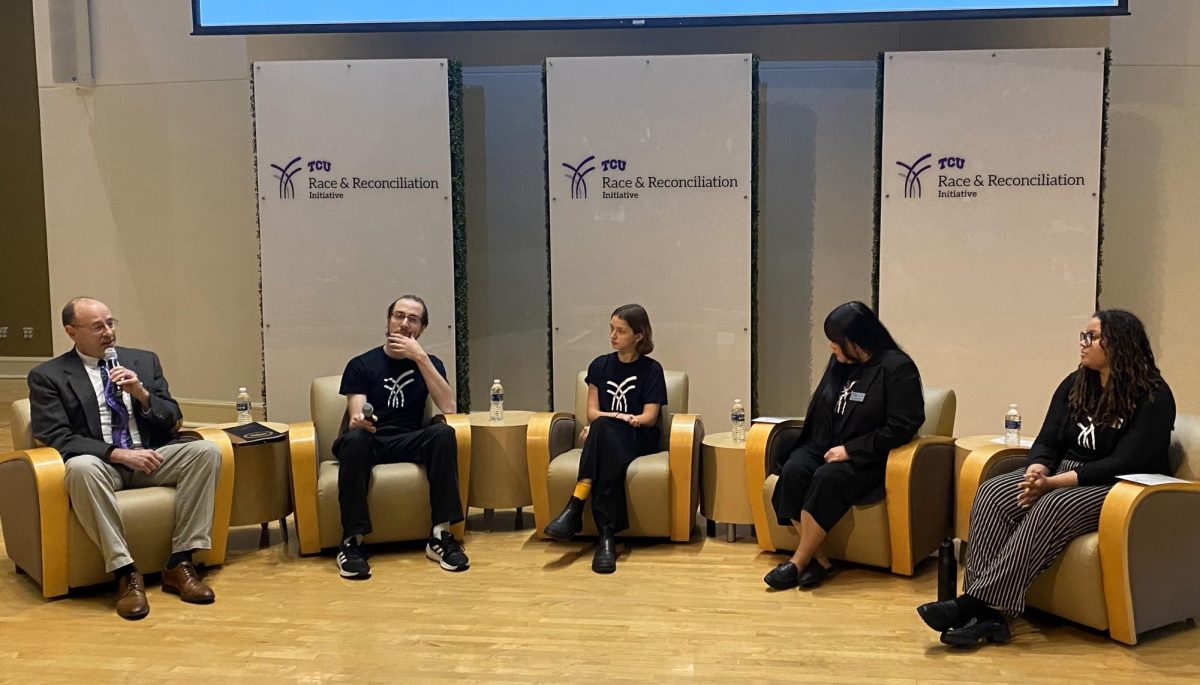For senior communication studies major Floyd Hernandez, a Pell Grant made a TCU education a reality.
Without it, he said, he probably wouldn’t be here.
Bush administration officials warned Congress the most important federal aid program, Pell Grants, may need up to $6 billion in additional taxpayer funds next year due to the record numbers of college students seeking federal financial aid, The New York Times reported last week.
This has Hernandez and others worried.
“If funds were cut, it would put on a strain on my education here at TCU,” Hernandez said. “If anything, more money should be put into appropriating these grants. Pell Grants give students like myself – who don’t come from a wealthy background – opportunity.”
Michael Scott, director of scholarships and financial aid, said a cut in funding would impact the students who receive them, but these students are a small percentage of the 7,471 undergraduate students at the university.
TCU students were awarded 884 Pell Grants last year, in the total amount of $2,397,292, according to data from the National Association of Independent Colleges and Universities.
The Pell Grant, created in 1972, affords millions of low-income, traditional and nontraditional students with the opportunity to receive higher education.
Students reapply for aid each year, in essence, when they file a Free Application for Federal Student Aid, or FAFSA.
The U.S. Department of Education predicts there will be 6.5 million Pell Grant recipients in 2009-2010, according to a memo from Thomas Skelly, the department’s budget service director.
As of July 31, almost 800,000 more students had applied for grants than on that date in the previous year, the largest increase ever from year to year, according to the memo.
The memo lists several reasons for this increase. Significantly higher numbers of applicants are completing the FAFSA form, and more Pell eligible students are attending schools in greater numbers.
Similarly, more students are qualifying for need-based aid due to economic factors, according to the memo.
Scott said he has noticed an increase in students filing for financial aid. He said when there is a dip in the economy, overall costs go up.
However, this increase may also be due in part to an increase in overall awareness, Scott said.
According to the memo, the 2009 funding need is now $20.1 billion, as compared with $14.2 billion in 2008. According to the Education Department’s projections, there may need to be an announcement in February 2009 that the extra “mandatory” awards for up to six million students established by the College Cost Reduction and Access Act of 2007 may be cut.
The act established an additional appropriation of $490 to each Pell Grant recipient, but also established the extra awards should be reduced if the funds are insufficient. The College Opportunity and Affordability Act, enacted in August of this year, increased the maximum limit on these grants. The total maximum award proposed for 2009-2010 is $4,800, according to the department’s memo.
Scott said he would be surprised to see Congress cut funding, adding it would probably cut elsewhere first due to the popularity of the Pell Grant. He said Congress may not decide to raise the maximum amount, but given the political climate and the upcoming election, he said he doubts anyone would want that kind of negative publicity.




